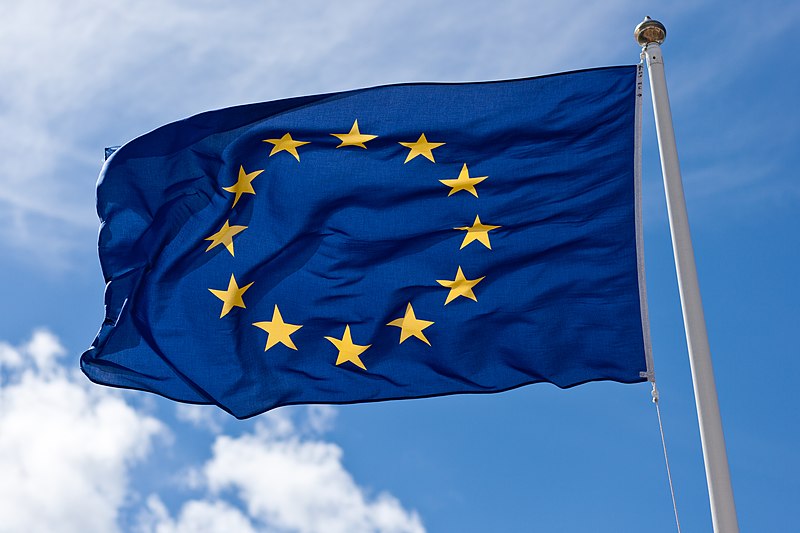
By the middle of next year, Australians travelling to European Union countries will need a special authorisation in their passports. Photo: Wikimedia.
Australians travelling to Europe next year will find things a little less seamless than has usually been the case.
Aussies will no longer be able to travel completely visa-free through European Union (EU) countries.
The EU has just introduced new rules for 1.4 billion people from more than 60 visa-exempt countries, which includes Australia. It will require them to have a travel authorisation in their passports allowing entry to 30 European countries.
It’s all part of the incoming European Travel Information and Authorisation System (ETIAS) program due to kick in during the first half of 2025, with plans for a launch in May.
But it’s not a visa and it won’t automatically guarantee entry to the EU countries involved in the scheme.
According to the European Commission, the new system is planned to be implemented “for the identification of security, irregular migration or high epidemic risks posed by visa-exempt visitors”.
There will be an application fee of seven euros, or about $11.50 Australian. The ETIAS linked to your passport will be valid for three years or until the passport expires (whichever comes first).
A new passport will mean repeating the application process for a new ETIAS authorisation.
The ETIAS will be required to enter Austria, Belgium, Bulgaria, Croatia, Cyprus, Czech Republic, Denmark, Estonia, Finland, France, Germany, Greece, Hungary, Iceland, Italy, Latvia, Liechtenstein, Lithuania, Luxembourg, Malta, Netherlands, Norway, Poland, Portugal, Romania, Slovakia, Slovenia, Spain, Sweden and Switzerland.
“Having a valid ETIAS travel authorisation does not automatically grant you the right to enter the territory of the European countries requiring ETIAS,” the EU states on its website.
“All travellers arriving at the border are still subject to border checks and border guards will refuse entry to those who do not meet the entry requirements.
“You can leave and return as many times as you wish, as long as you respect the overall limit of your authorised stay. We strongly advise you to obtain the ETIAS travel authorisation before you buy your tickets and book your hotels.”
Most applications will be processed within minutes and at the latest within 96 hours, according to the website.
“However, some applicants may be asked to provide additional information or documentation or to participate in an interview with national authorities, which may take up to an additional 30 days.”
The ETIAS authorisation allows entry into the participating European countries for short-term stays of up to 90 days as many times as possible within any 180-day period.
“As your ETIAS travel authorisation is linked to your travel document, make sure to carry the same document which you used in your ETIAS application,” the website states.
“Otherwise, you will not be allowed to board your flight, bus or ship, or to enter any of the European countries requiring ETIAS.”
ETIAS was first proposed by the European Commission in 2016 and formally established by a regulation of the European Parliament that year.
It was due to begin in 2021, but difficulties in integrating different member states’ national systems into a central database resulted in numerous delays.
The EU says its ETIAS is similar to other electronic travel authorisation systems, such as those used for entry into the United States and the United Kingdom.
The ETIAS is not currently in operation and no applications are being collected at this point.
More information on the ETIAS can be found on its dedicated website.
Original Article published by Chris Johnson on Riotact.








